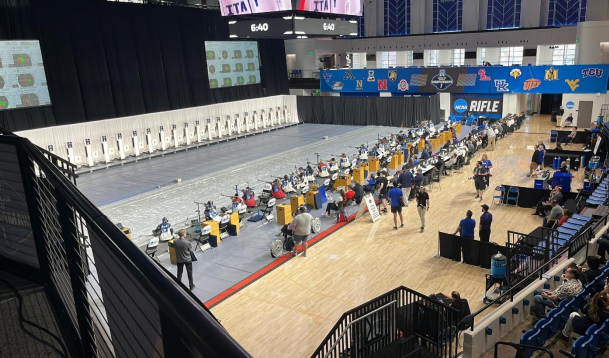Occupational Health and Safety is committed to fostering a safe and healthy environment for all students, faculty, staff, and visitors. To uphold this commitment, the university maintains a comprehensive Lead Safety Program focused on the identification, monitoring, and management of potential lead-related hazards across campus.
Lead hazards at UK fall into two primary categories:
- Lead in Building Materials
This includes lead-based paint, plumbing systems, water pipes, and related fixtures—especially in buildings constructed before 1978. - Occupational and Research Use of Lead
This includes applications such as lead solder, ammunition, radiation shielding, and the use of organic or inorganic lead compounds in laboratories and studios.
Through proactive assessments, regulatory compliance, and risk mitigation strategies, UK aims to minimize lead exposure and protect the well-being of the campus community.
